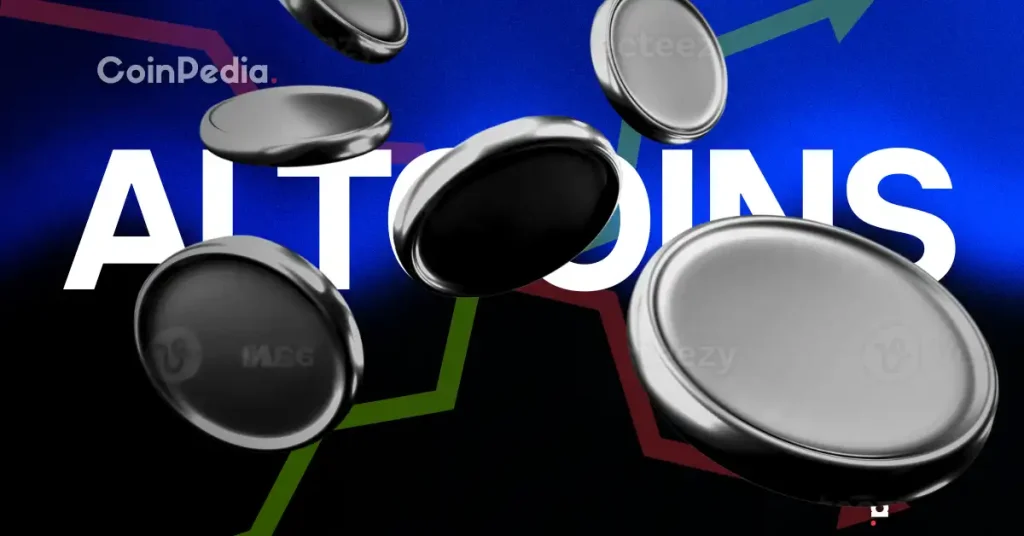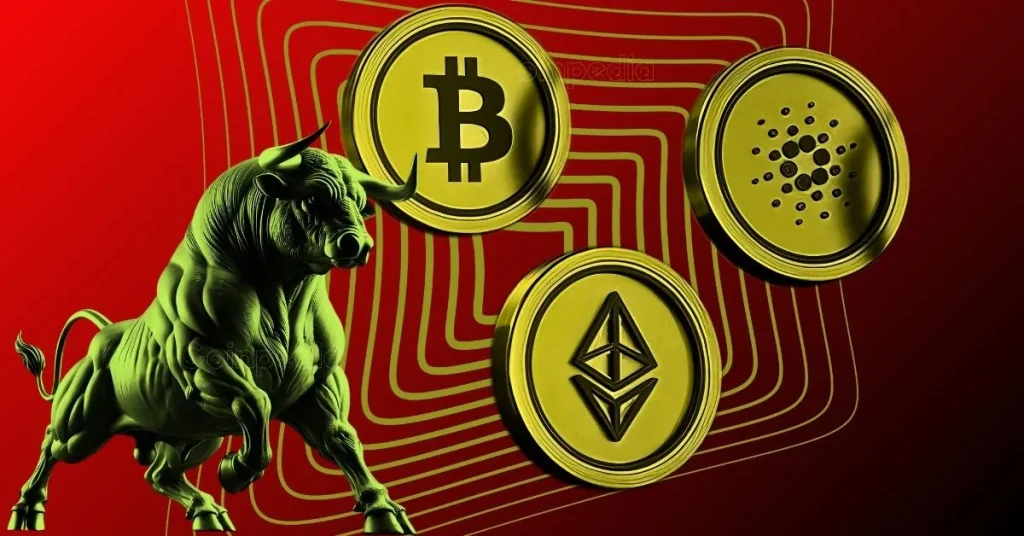The European Union is rapidly advancing its plans to develop a digital euro, spurred by the United States’ recent implementation of detailed regulations for its stablecoin industry. This move by the US has led to apprehensions in Europe regarding the euro’s position in the swiftly evolving crypto asset market.
Which Path Will the EU Choose for Stablecoins?
In light of the US’s passage of the Genius Act, which presents a clear framework for stablecoins, there is mounting pressure on the EU. The American market, heavily dollar-focused, boasts a $288 billion valuation. With stablecoins like USDT surpassing $167 billion, there’s a pressing need for the EU to hasten the development of its digital currency.
Brussels is now reevaluating potential designs for the digital euro. Discussions delve into whether the digital euro should be maintained within a closed system under the oversight of the European Central Bank or be developed using public blockchain technologies.
Why is Competition Critical for the EU?
As debates continue, there’s a clear urgency among EU officials to develop a digital currency that can withstand global competition. Without decisive action, the EU risks falling behind other world players in financial innovation.
While the US has firmly established networks, the EU is exploring options of a wholly state-controlled centralized system. The choice of infrastructure is yet to be decided; whether to adopt existing public networks like Ethereum and Solana remains uncertain.
• Urgency arises from US regulatory progress.
• EU must decide on technological frameworks rapidly.
• Strategic foresight required for long-term competitiveness.
Some EU officials highlight the need to ensure the digital euro’s international competitiveness. A top official stated,
“The US’s new regulation mandates Europe to swiftly act on the digital euro.”
Looking ahead, European institutions are set to delve into the technological choices for the digital euro. A final announcement on these developments is anticipated soon, signaling an exciting phase for EU’s digital currency landscape.
Disclaimer: The information contained in this article does not constitute investment advice. Investors should be aware that cryptocurrencies carry high volatility and therefore risk, and should conduct their own research.
















 English (US)
English (US)